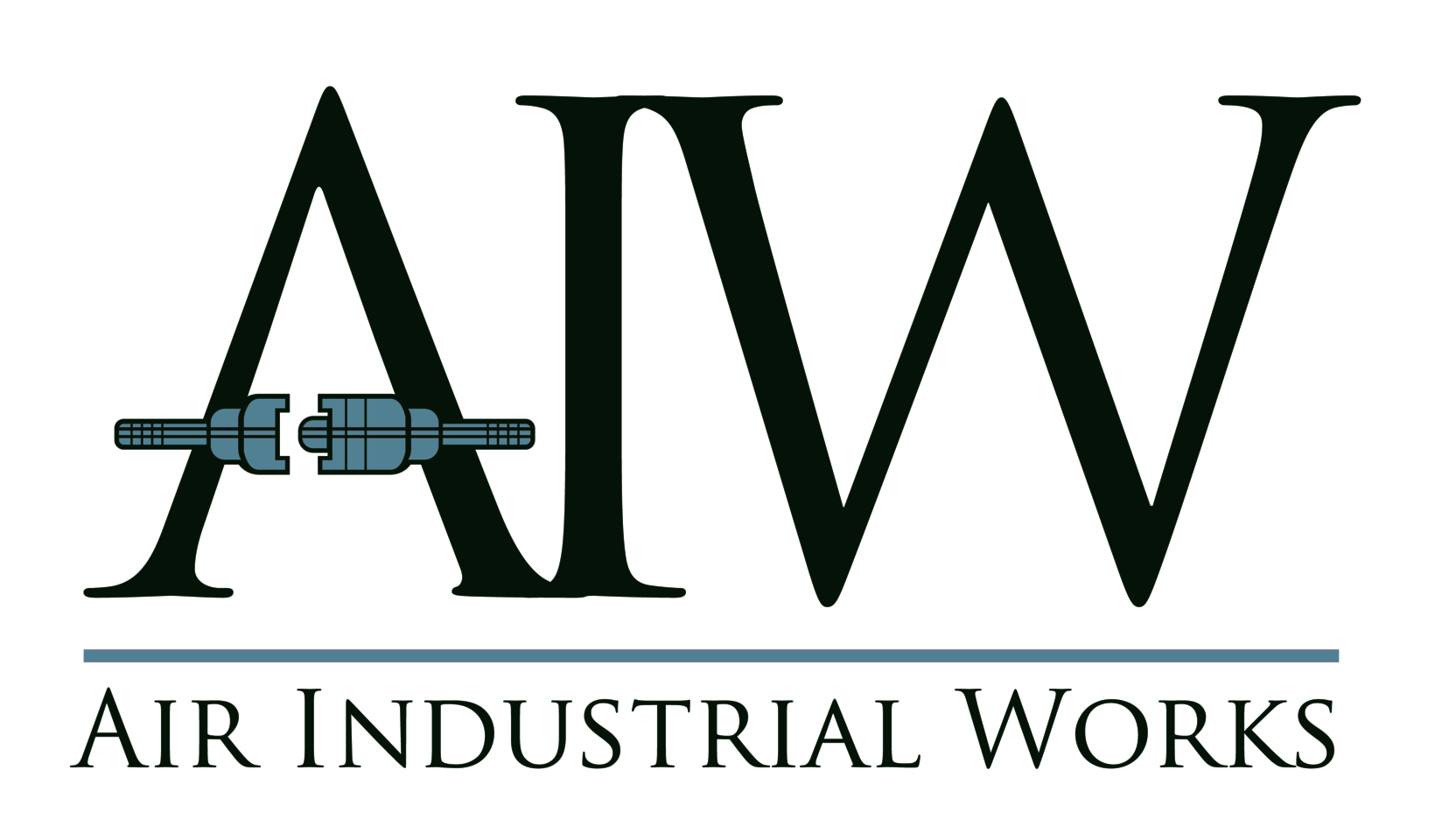Filter, Regulator & Lubricators (FRL's) Everything you need to know.
Posted by AIW on May 9th 2022
Everything You Need to Know About FRLs
Air Industrial Works has marked its name in the market. Over the past few years, the company has proven to manufacture high-end and premium-quality materials designed with exclusivity and perfection. One such product is the FRLs. FRLs are short for Filter, Regulator, and Lubricators. FRLs are mainly intended to ensure that the compressed air leaving the system is cleaned, filtered, and lubricated. Let’s understand it in details.

What are FRLs?
The air that exits a compressor is hot, polluted, and wet, which tends to harm and limit the life of internal components like valves and cylinders. For this purpose, it is necessary that the air is filtered, regulated, and cleaned before being utilized. Thus, FRLs are used to ensure the air leaving the system is cleaner and adequately lubricated.
Main FRL Components
The three main components of FRL are:
An Airline Filter
Pressure Regulator
Lubricator
All three components of FRL are equally important and are applied to make sure the air being compressed is clean and lubricated. This eventually prevents the other parts, like valves and cylinders, from damage.
Air-line Filter
An air-line filtration is used to purify pressurized air. It stresses the compressed air, trapping solid particles (dust, filth, and rust) and separating liquids (water, oil). Filters are put in the airline upstream of controllers, lubricators, directed control valves, and air-powered equipment like cylinders and air motors.
Airline filters remove impurities from pneumatic systems, minimizing equipment damage and lowering productivity losses due to downtime caused by contaminants. Outage in an industrial facility is costly, and it is often caused by a dirty and unmaintained air conditioning system.
The maximum permissible pressure drop induced by the filter should be determined while selecting the appropriate filter size for any application. The pressure drop may be calculated using flow curves given by the supplier.
Three Types of Air Filters
General Purpose
Coalescing (Oil Removal)
Vapor Removal
General Purpose Air Filter
As the name suggests, the General Purpose Air Filter is primarily used for removing ordinary particles. In short, this type of filter is used to drain water and debris.
Coalescing Air Filter
On the other hand, Coalescing Air Filter is used to extract oil to make sure the internal components of the filter, like valves, are not damaged.
Vapor Removal Air Filter
The name suggests that a vapor removal air filter removes oil vapor and odor. This makes the air cleaner and adequately filtered.
Pressure Regulators
In compressed air systems, pressure regulators lower and regulate fluid pressure. Ideally, a pressure regulator should maintain a constant output pressure independent of changes in input strength or downward flow needs. Variations in source pressure and flow affect output level in practice.
Ideally, a pressure regulator should maintain a constant output pressure independent of changes in input pressure or downstream flow needs—variations in source pressure and flow affect output pressure to some extent in practice.
The pressure regulators are used for:
Air tools
Air bearings
Air logic valves
Air motors
Spraying devices
Air cylinders
Aerosol lubrication system
Lubricator
A lubricator introduces regulated tool oil into a compressed air system to minimize friction between moving components. Lubrication is required for most equipment, chambers, valves, air compressors, and other air-driven devices to increase their usable life.
Using an airline lubricator eliminates the difficulties associated with too much or too little lubrication that might occur when using traditional lubrication techniques such as a grease gun or oil. Airline lubricators also provide the proper lubrication for the equipment utilized.
After the lubricator has been calibrated, a precisely measured amount of lubricant is sent to the air-powered equipment. The only thing that must be done is regularly replace the lubricator reservoir.
Adding lubricant to a system also "washes away" compressor oils that flow in vapor form through the system. Mineral oils applied to the system avoid the buildup of synthetic compressor oil on system components. A coalescing filter should be fitted to eliminate compressor oil aerosols when lubricators are not utilized in a system.
The downstream flow needs to determine the size of lubricators. As a result, an examination of airflow use is required. After establishing the necessary amount of airflow, a lubricator may be selected.
How Does the Filter, Regulator, Lubricator Work?
This three-step process is thoroughly explained how the FRLs works. Read on to find out.
Filter
The filter body is built to provide a cyclonic action for entering the air. This motion causes water and heavier particles to settle at the bottom of the bowl. Under the filtration system, a baffle protects accumulated water and debris from being pushed back into the output airflow. The air is subsequently driven through a filtration system, with the mesh size defining the smallest particle size eliminated from the airflow. A 40-micron filter, for example, will eliminate any particles larger than 40 microns in size. Five-micron elements, as well as oil and vapor removal filters, are also accessible.
Regulator
The control knob exerts a force on a spring, which exerts pressure on a diaphragm assembly. The diaphragm presses on a valve pin linked to the valve seat, causing the center to descend, allowing downstream airflow from the intake port (P1) out of the outlet port (P2). As air flows down P2, a breath hole allows air into a chamber under the diaphragm; after pressure on each side of the seat equalizes, the heart shuts with the help of the spring. Downstream demand causes a pressure reduction in the chamber, causing the center to open and let air flow again until pressure is restored and the seat shuts. The operation is ongoing and keeps P2 at a constant value.
Lubricator
A lubricator is a device that injects a regulated amount of oil into the downstream airflow. All droplets generated by the typical oil-fog lubricator are passed into the airflow. The micro-fog lubricator atomizes the droplets before they join the airflow; average particle sizes range from 1 to 2 microns. Only about 10% of the particles observed in the site dome are transmitted downstream.
Conclusion
In Conclusion, FRLs are specifically designed to make sure the compressed air from the system is clean, adequately filtered, and lubricated. Therefore, Air Industrial Works provide the most exclusive range of high-end FRLs perfect for long-term use. For more informative content, stay connected with our blog.

